11 Clever Ways to Preserve Your Late-Summer Harvest
The end of summer marks the beginning of preserving all the wonderful produce from your garden. It can be difficult to use up everything at once, so finding ways to keep it for later is key. There are plenty of simple yet clever methods to store fruits, vegetables, and herbs from your late-season harvest. With the right techniques, you can enjoy these fresh flavors during the colder months.
This post may contain affiliate links, which helps keep this content free. Please read our disclosure for more info.
Freeze Fresh Vegetables
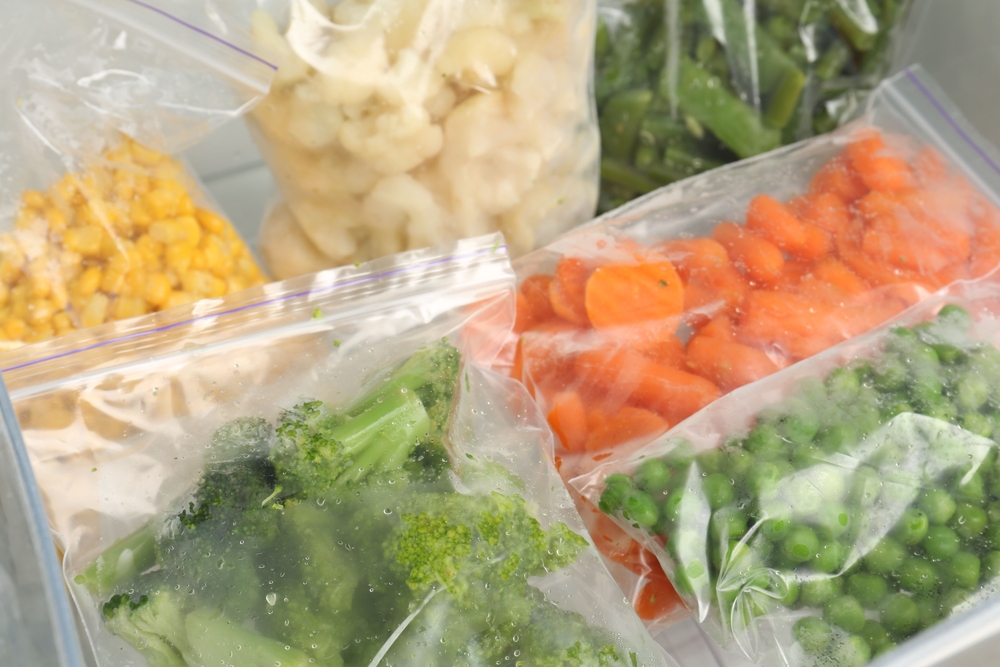
Freezing is one of the easiest ways to preserve your vegetables for later use. Simply wash, peel, and chop your produce before blanching it in boiling water for a few minutes to stop the enzymes that cause spoilage. After blanching, plunge the vegetables into ice water, drain, and pack them into airtight bags or containers. This method helps keep the flavors and nutrients intact, so you can enjoy your fresh garden vegetables well into winter.
Most vegetables freeze well, including peas, carrots, beans, and corn. Be sure to freeze in portions that fit your needs, so you only have to thaw what you will use. Label each bag with the date of freezing to keep track of its freshness. Proper storage will ensure that your vegetables retain their flavor and texture for months.
Can Your Harvest
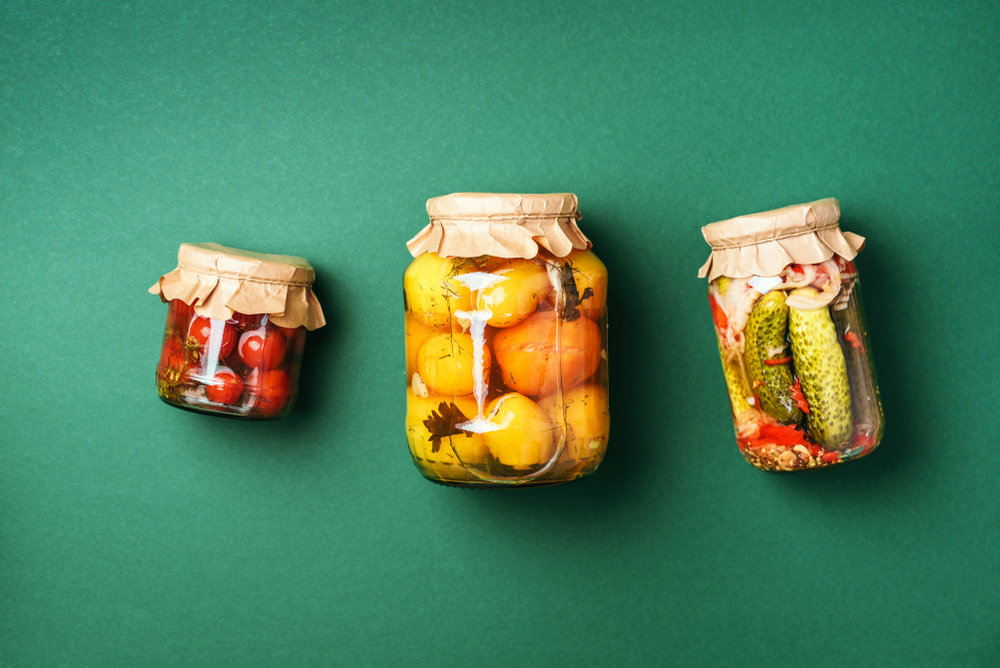
Canning is a time-tested method of preserving food, perfect for extending the life of your fruits and vegetables. Using sterilized jars, fill them with produce, add the appropriate amount of liquid, and process the jars in a boiling water bath or pressure cooker. This vacuum seals the jars, preventing bacteria from spoiling your food. Canning is great for items like tomatoes, pickles, and jams, and can be done with minimal effort.
Be sure to follow proper canning guidelines to avoid any risk of contamination. Ensure the jars are tightly sealed, and store them in a cool, dark place to maintain their shelf life. Canning is a great option if you want to preserve large quantities of food from your garden at once. Properly canned goods can last for a year or more.
Dry Your Herbs
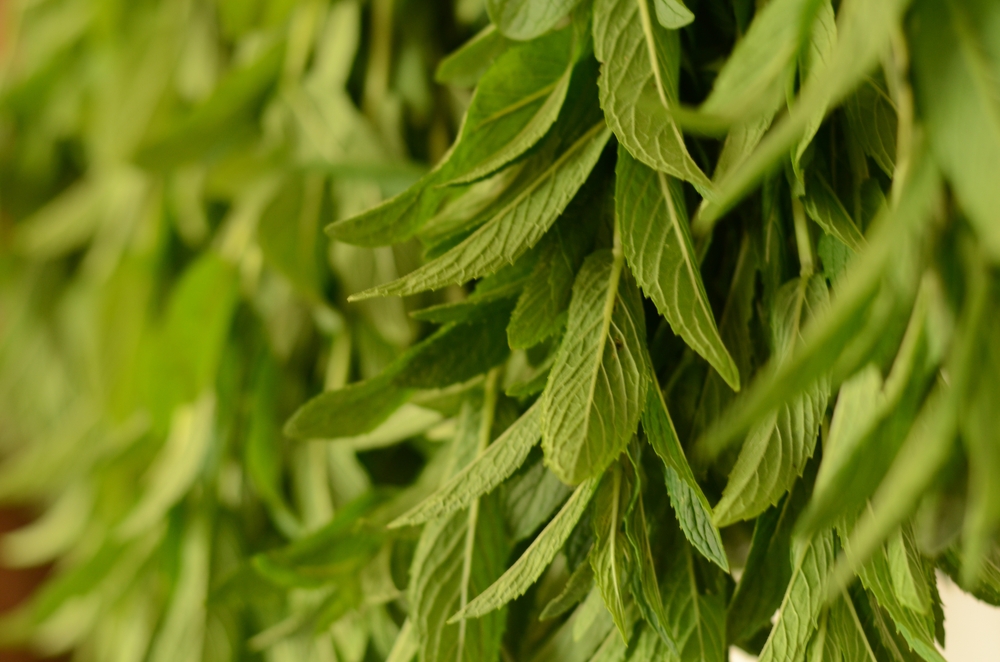
Drying herbs is a simple way to preserve their vibrant flavors, allowing you to enjoy them long after the growing season. Harvest your herbs in the morning when their oils are most concentrated, then hang them in bunches or lay them flat on a drying rack. Once dry, store the herbs in airtight containers, away from direct sunlight. This method retains much of the herb’s flavor, making it perfect for adding a fresh touch to your dishes throughout the year.
Common herbs that dry well include basil, thyme, rosemary, and oregano. If you have a dehydrator, it can speed up the process, but air drying is just as effective. Always label your jars with the herb and date for easy identification. Drying is a perfect solution for gardeners who have an abundance of herbs at the end of the season.
Make Fruit Jams and Jellies
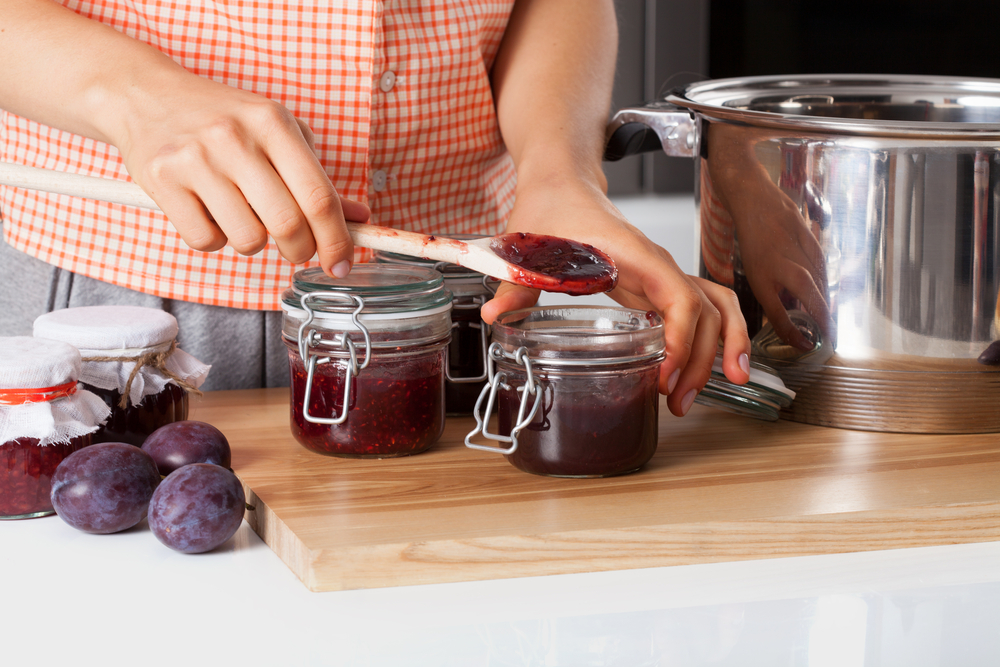
Preserving fruit through jams and jellies allows you to enjoy the sweetness of summer all year. Start by cooking the fruit with sugar and pectin, following the specific recipe for the type of fruit you are using. Once it reaches the desired consistency, pour the mixture into sterilized jars and seal them while still hot. The result is a delicious spread that can be enjoyed on toast or added to desserts.
You can make jams from nearly any fruit, including strawberries, raspberries, and peaches. Experiment with combinations of fruits and spices for unique flavors. Remember to adjust the sugar based on the sweetness of your fruit to avoid overly sweet jams. These preserves are easy to make and provide a sweet way to remember the summer months.
Pickle Your Vegetables
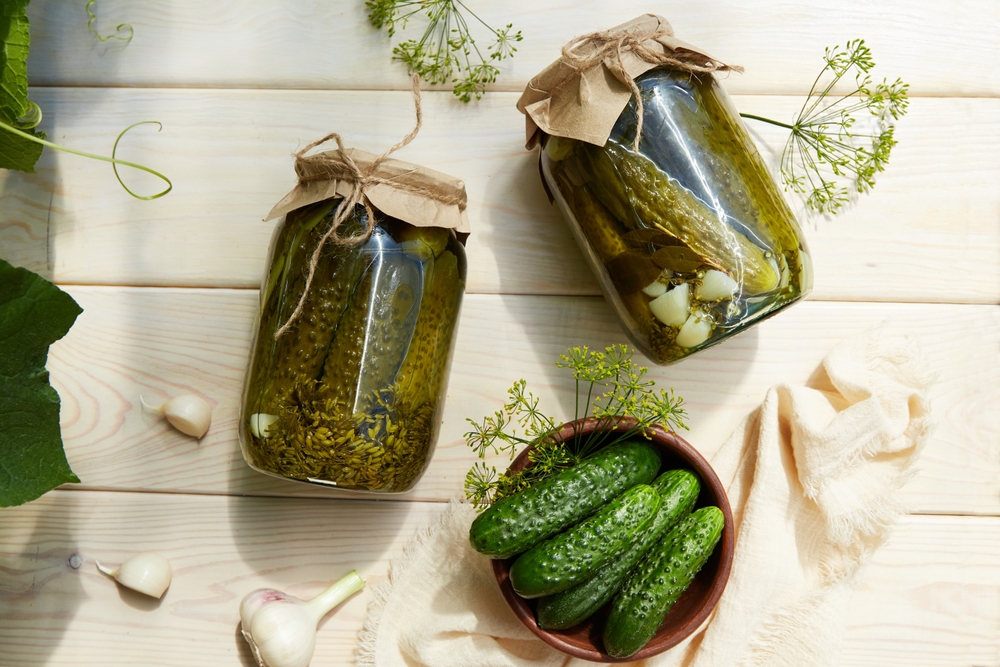
Pickling is a fantastic way to preserve your late-summer harvest, especially for cucumbers, carrots, and beets. Prepare a brine by boiling water, vinegar, and salt, then pour it over your vegetables in sterilized jars. Seal the jars and allow them to sit in a cool, dark place for at least a week before consuming. This process creates a tangy, flavorful addition to your meals while extending the shelf life of your produce.
Pickled vegetables can add a crunchy texture and zest to sandwiches, salads, or serve as a side dish. Experiment with spices like dill, garlic, and mustard seeds to enhance the flavor. For a milder pickle, reduce the vinegar in the brine. Pickling is a quick and easy method of preserving vegetables that adds a tangy twist to your meals.
Dehydrate Fruits
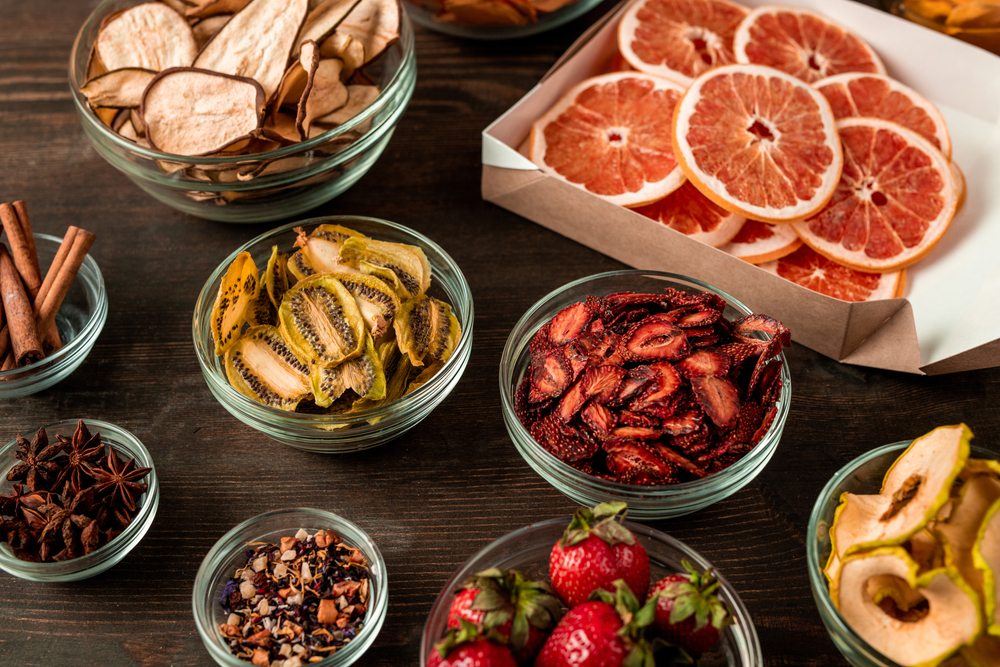
Dehydrating fruits is an excellent way to preserve them while maintaining their natural sweetness. You can dehydrate fruits using a dehydrator or your oven by setting it to a low temperature. Slice fruits like apples, peaches, and bananas, then arrange them on trays in a single layer. After dehydrating, store them in airtight containers or vacuum-sealed bags.
Dehydrated fruits are great for snacking or adding to cereals and baked goods. You can also rehydrate them by soaking them in water or juice. Keep your dried fruits in a cool, dry place, and they can last for months. This method preserves the concentrated flavors of your harvest and prevents spoilage.
Ferment Your Vegetables
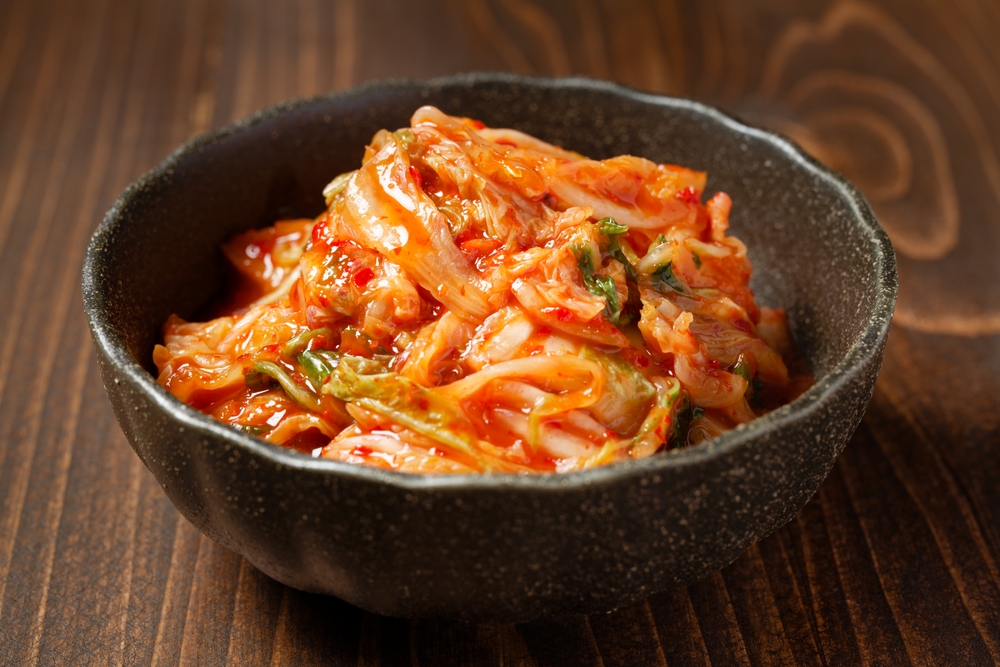
Fermentation is a wonderful way to preserve vegetables and add a healthy probiotic boost to your diet. Commonly fermented vegetables include cabbage, cucumbers, and carrots, which can be turned into sauerkraut, kimchi, or other fermented delights. The process involves creating a saltwater brine where the vegetables naturally ferment over time. Store the jars in a cool, dark place, and allow them to ferment for a few days to weeks.
Fermented vegetables provide a unique tangy flavor and are excellent for digestion. They can be eaten as sides, used in sandwiches, or enjoyed with meats. The process is simple, and it’s an excellent way to preserve your garden’s bounty while introducing beneficial bacteria into your diet. Always use fresh, unblemished produce for the best results.
Create Canned Salsas and Sauces
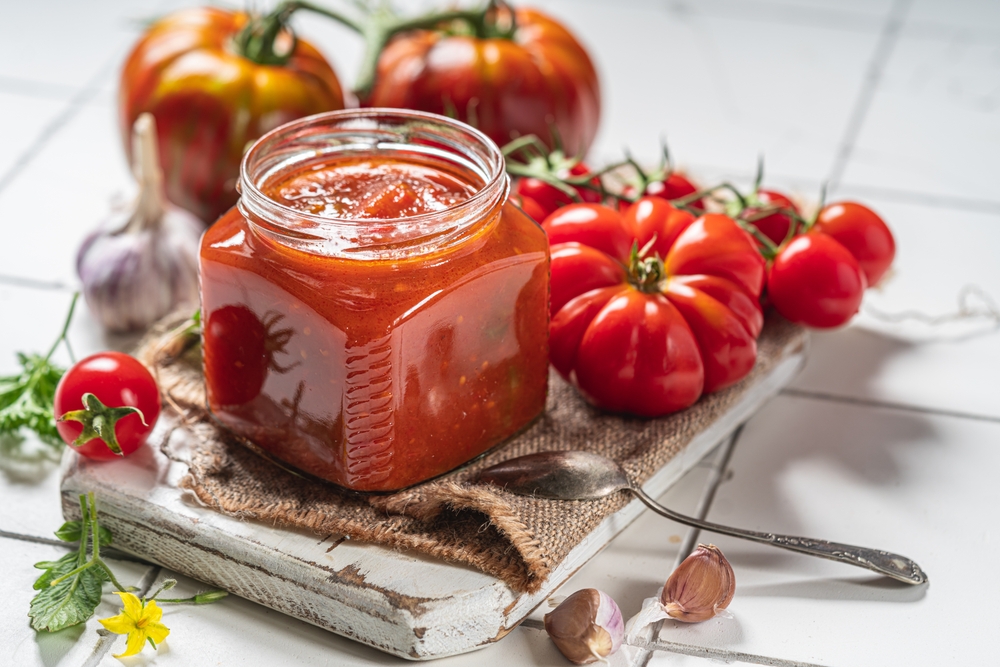
Another way to preserve your summer harvest is by making salsas and sauces that can be canned for future use. Tomatoes, peppers, onions, and garlic are the main ingredients in many salsas and pasta sauces. Once prepared, these can be packed into sterilized jars and processed in a hot water bath or pressure cooker to seal them. Canned salsas and sauces are perfect for use in cooking or as condiments.
Adjust the spiciness of your salsa with different types of peppers to suit your taste. You can experiment with adding herbs like cilantro or basil for extra flavor. The canned versions last for months, giving you fresh, flavorful sauces that taste like summer. Store them in a cool, dark place for long-term preservation.
Freeze Your Berries
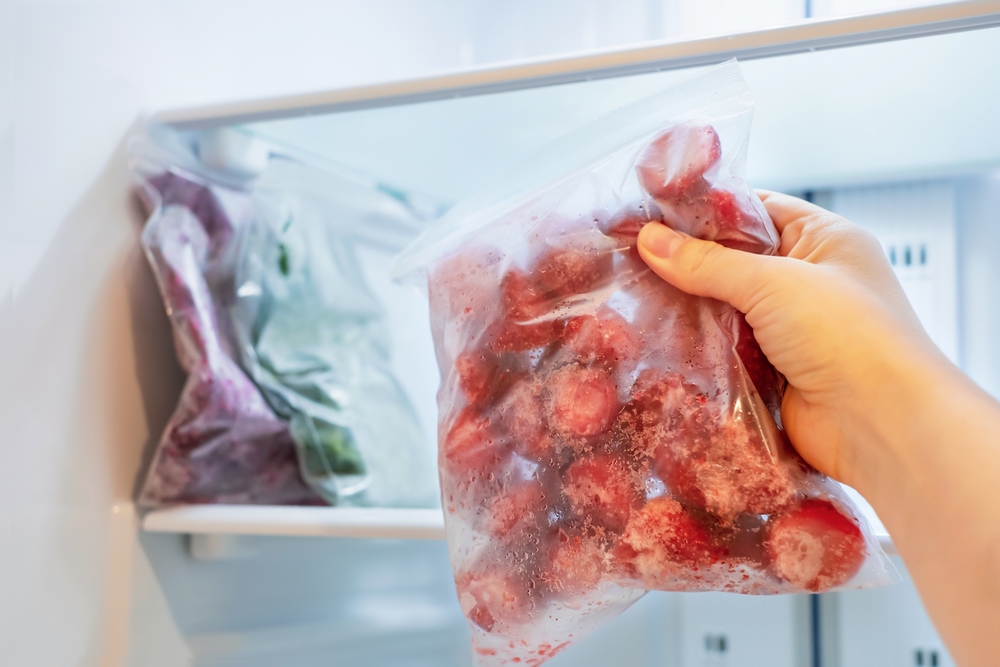
Berries like strawberries, raspberries, and blueberries are often abundant at the end of summer. Freezing them is a simple and effective way to preserve their flavor and texture. Wash and dry the berries, then arrange them in a single layer on a baking sheet before freezing them. Once frozen, transfer them into freezer-safe bags, ensuring they are airtight.
Frozen berries are perfect for smoothies, baked goods, or simply as a refreshing snack. Freezing them in a single layer prevents them from clumping together, making it easier to take out just what you need. The flavor of the berries remains vibrant, and they retain their nutrients for months. This method is quick and easy, perfect for preserving those end-of-season fruits.
Make Vegetable Broths
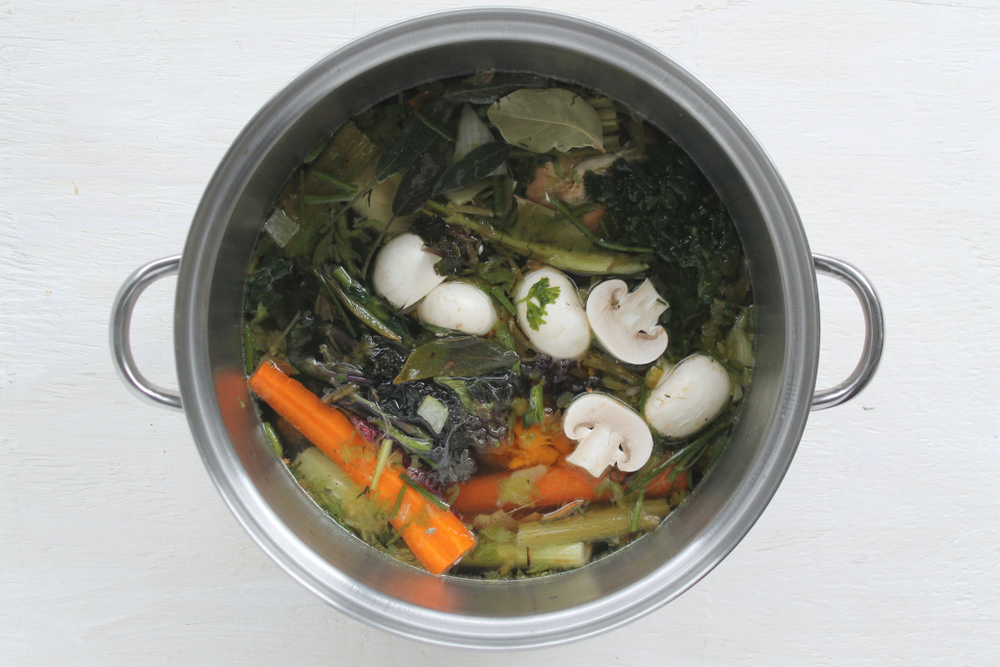
Making vegetable broths is an excellent way to preserve vegetables that are nearing the end of their shelf life. Simply chop up your leftover vegetables, including onions, carrots, and celery, and simmer them in a pot with water, herbs, and spices. Once the broth is ready, strain it and store it in jars or containers in the freezer. Vegetable broth can be used as a base for soups, stews, and risottos.
Broths are a great way to make use of scraps or overripe vegetables that might otherwise go to waste. You can freeze the broth in ice cube trays for easy portioning, or store it in larger containers for family-sized meals. This method is cost-effective and helps you get the most out of your late-summer harvest. Keep your homemade broth frozen and use it within a few months for the best flavor.
Store Apples and Pears
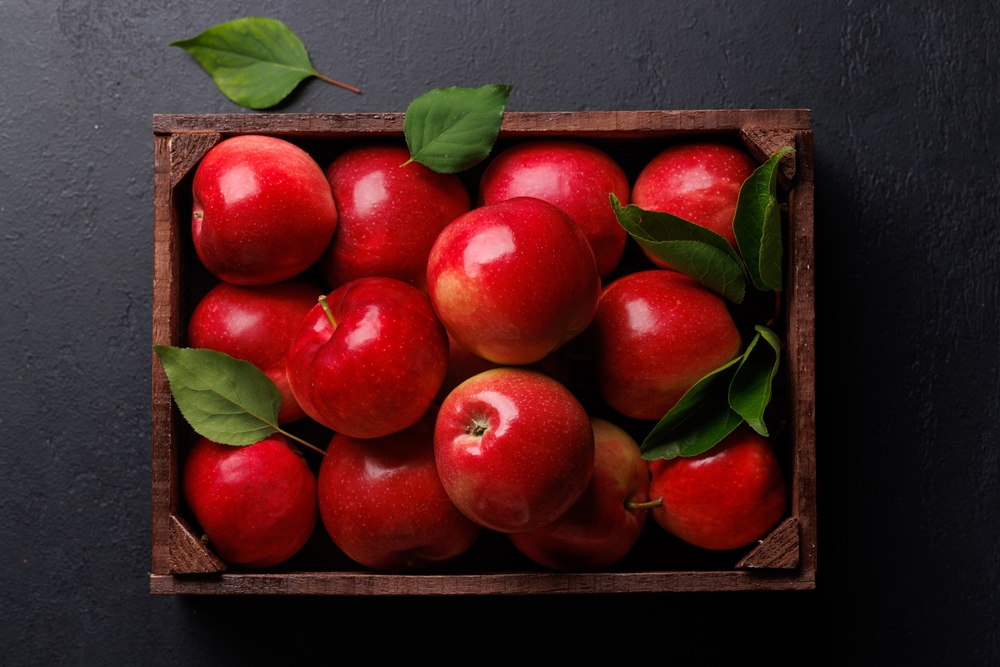
If you have an apple or pear tree, it’s important to know how to store them to keep them fresh longer. Apples and pears can be stored in a cool, dark, and dry place, such as a root cellar or pantry, where they will last for weeks or even months. Be sure to check for any signs of ripening or rotting, and remove any damaged fruit. These fruits can also be canned into applesauce or pear preserves for longer-term storage.
Storing apples and pears in separate bins helps to prevent them from ripening too quickly. Different varieties have different shelf lives, so it is important to store them according to their specific needs. You can also freeze apples in slices or make dried apple chips for long-term storage. Keeping your apples and pears in the right conditions ensures that you enjoy your harvest well beyond the summer months.
This article originally appeared on Avocadu.
